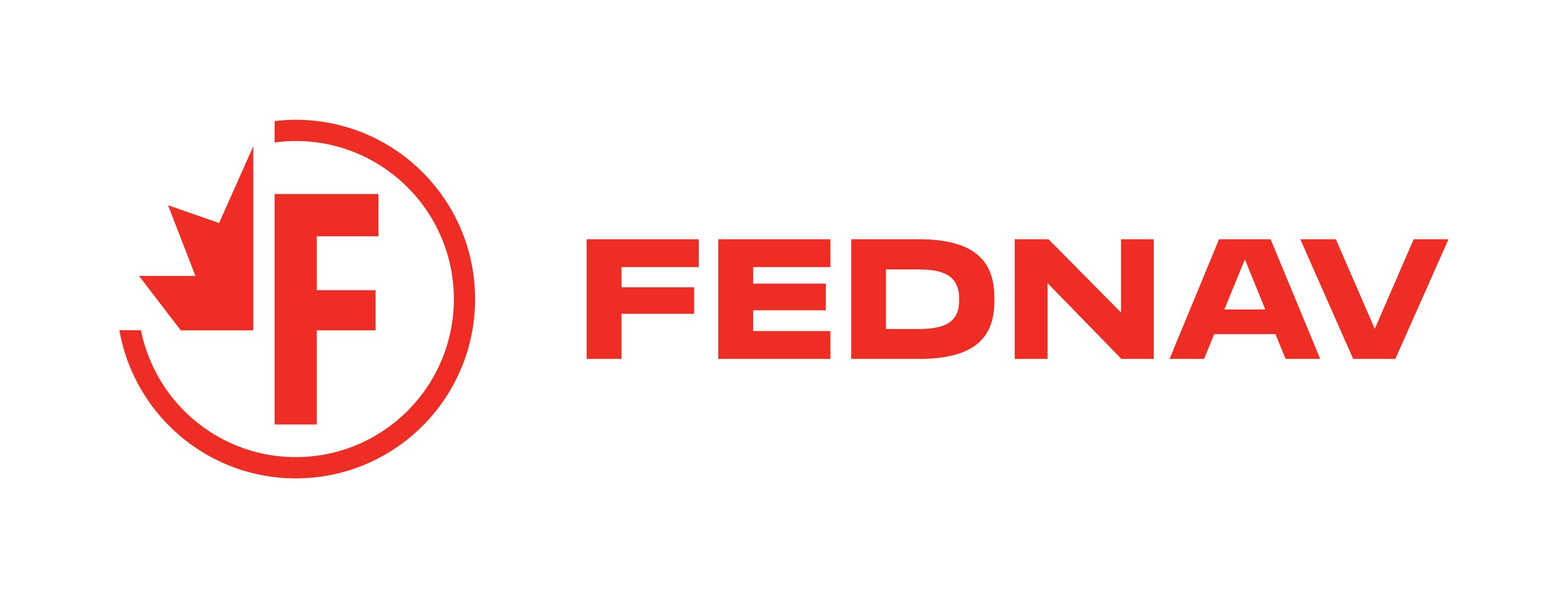Janenne Irene Pung
Great Lakes/Seaway Review October-December 2017
The arrival of each new ship tilts the scale for Fednav Limited in owning more of its fleet. In October, the Montreal-based carrier added six bulkers to its current order at Oshima Shipbuilding Company in Japan. Low costs for shipbuilding and a long-term relationship with the shipyard is making additional fleet ownership a reality.
In the late 2000s, Fednav carried about a three-to-one ratio of chartered vs. owned vessels. Today, it's more than reversed.
"After the crash in 2009, which hit shipping in 2010-11, we had a hard time finding owners who were willing to buy ships because a lot of them were hurt in the crash," said Fednav CEO & President Paul Pathy.
Because of the company's healthy financial position, it decided to change its business model—to order and own the bulkers it needs to serve customers. In 2015, Fednav Limited began ordering bulkers that have become Seaway-sized sister ships.
"We had to ensure access to the specialized ships—Rolls Royce lakers—we needed," Pathy added. "You don't find ships like this in the general market."
Because of the company's healthy financial position, it decided to change its business model—to A order and own the bulkers it needs to serve customers.
Since then, there's been a regular rollout of newbuild contracts with Oshima Shipbuilding. Currently, there are 10 ships on order at the shipyard.
A prevailing partnership. Since 2015, Oshima Shipbuilding has delivered 12 Seaway-sized vessels to Fednav. With 10 more on order, the number will total 22 new vessels in six years—all of which are owned by the international carrier. Deliveries have kept an aggressive pace, with:
- Six ships arriving in 2015
- Six more delivering in 2016
- Four more scheduled for 2018
- Six scheduled for delivery between 2019 and 2021
"This advances our replacement program," Pathy said, again noting the favorable pricing. "The growth is modest, almost an advance replacement for those ships that might otherwise come in 2023. Instead, we're getting them in 2020. It has been a banner year in the Lakes and the system, so we feel there's business to support the modest growth."
With salties, the expected lifespan is about 25 years. However, two factors are considered when determining when to retire a vessel: 1) whether it's operating safely and efficiently and 2) current customer demand, which can sometimes include the age of the vessels on which their products move.
Each new vessel costs between C$25-27 million to build, adding up to a C$300 million investment in recent years.
"We want to maintain our lead in the sector, and we do that with cargo capacity and efficiencies," Pathy said.
Oshima specializes in building bulk-ers, which primarily service the ore, coal, grains and steel industries. Its factory is located in the city of Saiki, formerly known as Oshima. One hundred eighty-eight acres are broken down into four primary areas: fabrication, assembly, painting and advanced assembly. The shipyard, founded in 1973, includes two drydocks and two docks along the outer perimeter.
The shipyard's experience with bulkers allows for the delivery of the 34,500-dead-weight. Great Lakes-capable vessels Fednav uses for regional deliveries. Its affiliate businesses in the machinery, engineering, ship design and iron works sectors help offer varied expertise and timely service. It is a joint venture between Sumitomo Corporation, Sumitomo Heavy Industries and the Daizo Corporation.
The Seaway fleet. Fednav presently has 45 Seaway-sized vessels in its fleet—41 owned and four chartered. This count does not include the 10 ships on order at Oshima. All the ships are ice-class for winter operation. Between newbuilds and having four ships sailing at about 20 years old, the fleet should average 50 vessels.
"When you have 40 to 50 lakers, it calls for nearly constant renewal," Pathy said.
Fednav International Limited operates the Fednav Atlantic Lakes Line (FALLine), a regular service between Northern Europe and the Great Lakes/St. Lawrence Seaway system. The service includes 50 to 60 westbound trips per year, with monthly departures from Bremen/Brake on the Weser River and twice monthly departures from Antwerp during the regular season. The committed route moves about a million metric tons of cargo a year to ports like Sorel, Hamilton, Cleveland, Detroit, Milwaukee, Burns Harbor, Thunder Bay and Duluth.
The cargo includes steel products, machinery and project cargo. The steel products range from bars, beams and billets to coils, pipes, sheets and wired rods. Industrial machinery involves excavators, transformers, dryers, vehicles, yachts and packaged cargo. Box-shaped holds facilitate general cargo handling.
According to Pathy, a strong steel market and economic growth in the U.S. is boosting business for Fednav this season.
As the new ships roll out of the shipyard, they are all equipped with ballast water treatment systems—one of the reasons the vessel design has changed slightly in recent years. Space has been created for the system, which treats ballast water by using filtration and chlorination.
Fednav has been working with JFE Engineering Corporation on installing a system known as BallastAce since 2015. It was the first shipowner to use onboard treatment technology in the system with the arrival of Federal Caribou. The technology follows the regular practice of exchanging ballast water in saltwater in the North Atlantic—creating a two-step approach.
"We have been in the fortunate position of being able to plan space for the system as we do fleet renewal," Pathy said.





